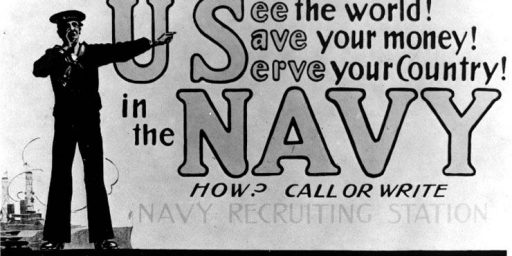American-built Iraqi Reconstruction Projects Are Crumbling
An inspection of American-financed reconstruction efforts in Iraq has found that, out of eight projects studied, seven of them have failed.
In a troubling sign for the American-financed rebuilding program in Iraq, inspectors for a federal oversight agency have found that in a sampling of eight projects that the United States had declared successes, seven were no longer operating as designed because of plumbing and electrical failures, lack of proper maintenance, apparent looting and expensive equipment that lay idle.
The United States has previously admitted, sometimes under pressure from federal inspectors, that some of its reconstruction projects have been abandoned, delayed or poorly constructed. But this is the first time inspectors have found that projects officially declared a success — in some cases, as little as six months before the latest inspections — were no longer working properly.
The inspections ranged geographically from northern to southern Iraq and covered projects as varied as a maternity hospital, barracks for an Iraqi special forces unit and a power station for Baghdad International Airport.
[…]
At the maternity hospital, a rehabilitation project in the northern city of Erbil, an expensive incinerator for medical waste was padlocked — Iraqis at the hospital could not find the key when inspectors asked to see the equipment — and partly as a result, medical waste including syringes, used bandages and empty drug vials were clogging the sewage system and probably contaminating the water system.
The newly built water purification system was not functioning either.
Officials at the oversight agency, the Office of the Special Inspector General for Iraq Reconstruction, said they had made an effort to sample different regions and various types of projects, but that they were constrained from taking a true random sample in part because many projects were in areas too unsafe to visit. So, they said, the initial set of eight projects — which cost a total of about $150 million — cannot be seen as a true statistical measure of the thousands of projects in the roughly $30 billion American rebuilding program.
But the officials said the initial findings raised serious new concerns about the effort.
This is troubling indeed. Just one more front in this war in which we are losing. Ostensibly, one of the primary motivations for this war was to build a democratic ally in the Middle East–it’s difficult to see how that can happen when American Reconstruction projects are left to rot like this. To be sure, this may not be a statistically representative sample, but to find that seven out of eight “successes” are actually failures is pretty damning.
(link via Matthew Yglesias)





Knapp, were you one of those who declared quagmire, during the first part of the invasion when our forces were hit with a sand storm? Did you decry that efforts in Afghanistan were doomed to failure as no outside force has ever succeeded in that country? What projects do you think al Qaeda has planned for Iraq if we leave? I guess you would have surrendered to the Japanese after Bataan.
Harry Reid made the bricks cry. Everything was fine until last week.
Troubling indeed. I suspect the biggest problem is a fundamental failure to communicate. For example,
Forcing change is always difficult, especially when it’s an outside agency that decrees “just do it this way, its better.”
Probably. I remember that sandstorm. It cost US taxpayers about $120 million to arrange that, and then the Bush Administration called it their biggest success in the wind/particulate operations category, but then it turns out that the sandstorm didn’t live up to it’s billing and it was really more of a dust devil. You go to war with the convection currents you have, not the convection currents you want.